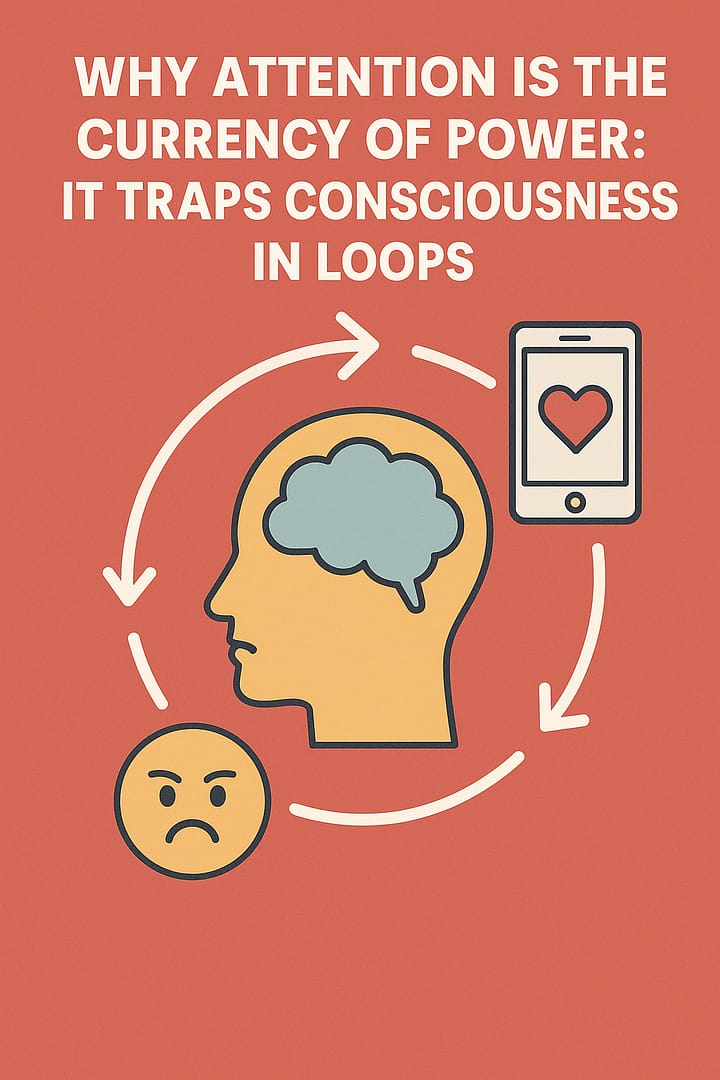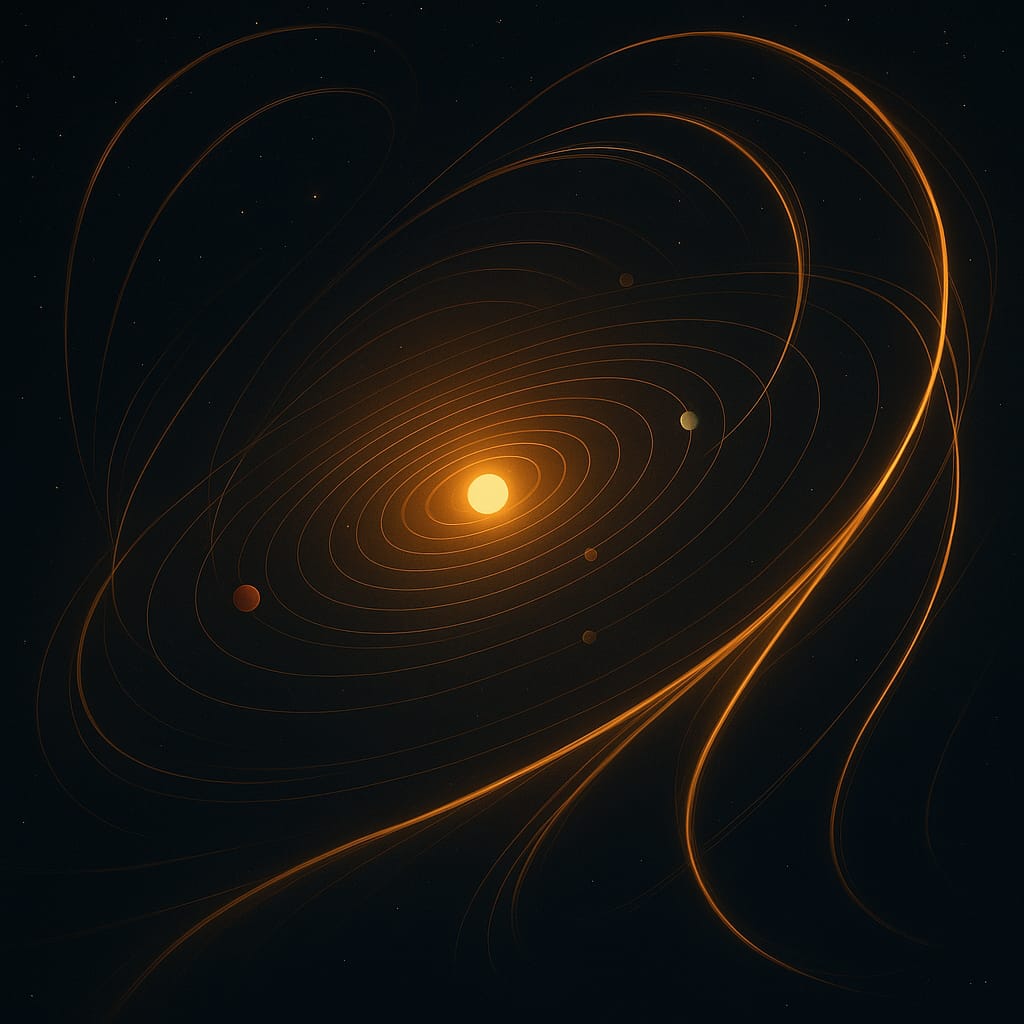Cracking the Code in 3D
In the enthralling world of computer science, a three-dimensional conundrum commands our attention—the enigmatic P vs. NP problem. This profound question about computational complexity introduces us to a multidimensional realm, seeking to unravel the mysteries of three key aspects: P, NP, and the elusive symbol “X.” Can every problem whose solution can be efficiently verified (in polynomial time) also be solved efficiently (in polynomial time)? As we embark on this multidimensional journey, we explore the intricacies of computational complexity and the profound implications that the three dimensions of “X” hold for the foundations of computer science.
Mapping the Dimensions of Complexity
In this multi-dimensional quest, we map the dimensions of computational complexity. The plane of P represents the problems that can be solved efficiently, while the territory of NP encompasses problems that can be efficiently verified. The enigmatic “X” emerges in the space where P and NP intersect, beckoning us to explore the boundaries between verification and computation.
Unveiling the Third Dimension
NP-Complete Conundrums
Within the three-dimensional landscape, a unique class of problems demands our attention—NP-complete problems. These challenging enigmas form the heart of the P vs. NP problem, connecting the planes of P and NP in ways that have captivated brilliant minds. We venture into the complexities of NP-complete problems, seeking to fathom their role in the elusive “X.”
The Thousand-Dollar Maze
The Millennium Prize Conundrum
As the P vs. NP problem takes center stage, it finds itself amidst the grandest challenges in mathematics—the Millennium Prize Problems. This prestigious collection offers a one-million-dollar prize for the resolution of each problem, a testament to the profound impact of their solutions. We uncover the labyrinthine connections between the P vs. NP problem and the celebrated Millennium Prize.
Navigating the 3D Landscape
Algorithms and Complexity Classes
In our journey through the three-dimensional landscape, we navigate the depths of algorithms and complexity classes. The quest for polynomial-time solutions to NP-complete problems occupies a pivotal position. We explore the ingenious strategies employed to chart this territory, as computer scientists strive to traverse the intricate web of “X.”
Beyond the Binary in Three Dimensions
As we venture into the multidimensional realm, we contemplate outcomes beyond the binary distinction between P and NP. Could there be complexity classes that exist outside the boundaries of P and NP, revealing new insights into the enigmatic “X”? We speculate on the potential for a richer understanding of computational complexity.
The Three Dimensions of Creativity and Intelligence
Beyond the technical intricacies, the P vs. NP problem raises philosophical questions about creativity and intelligence. We delve into the implications of computational complexity on human cognition, exploring the three dimensions of creativity, discovery, and the boundaries of human understanding.
Charting the Future in 3D
The three-dimensional journey leads us to the road ahead—a path of challenges and possibilities. As we chart the future in 3D, we consider collaborative efforts, research trajectories, and the tantalizing prospects that lie beyond the horizon of computational complexity.
Conclusion
The Eternal Enigma in Three Dimensions
As we conclude our odyssey into the multidimensional realm of P vs. NP and the enigmatic “X” at its core, we celebrate the eternal spirit of human inquiry. The quest to unravel the mysteries of computational complexity stands as a testament to the resilience of the human mind and the pursuit of understanding. While the “X” remains an unsolved enigma, it fuels our exploration, driven by curiosity and the unyielding desire to decode the cosmic dimensions of computation and beyond. In this three-dimensional tapestry of complexity, we find ourselves forever entwined in the grand symphony of discovery.

On a Side Note
The addition of the three dimensions (x, y, and z) in the context of computational complexity adds depth and complexity to the narrative. It enhances the exploration of the P vs. NP problem, highlighting the intricate relationships between P, NP, and the enigmatic “X” within a multi-dimensional space.
By incorporating the three dimensions, we emphasize the complexity of the problem and its significance in the larger landscape of computational theory. It also provides a more comprehensive understanding of the challenges and possibilities that arise when navigating the complexities of algorithms and complexity classes.
Furthermore, the incorporation of the three dimensions allows for a deeper exploration of the philosophical implications of computational complexity, especially regarding creativity, intelligence, and human cognition. This expansion enriches the narrative, making it even more captivating and thought-provoking for readers.
The addition of the three dimensions provides a more comprehensive and multidimensional perspective on the P vs. NP problem, allowing readers to delve into the complexities of computational theory and its profound implications.
Thank you for questions, shares and comments!
Share your thoughts or questions in the comments below!






